Upon arrival in the romantic city of Paris, my first destination was to the centre of the city. The Île de la Cité is one of two remaining natural islands in the Seine within the city of Paris.
Three medieval buildings remain on the Île de la Cité (east to west):
The Cathedral of Notre Dame de Paris, built from 1163 on the site of a church dedicated to Saint Étienne, which in turn occupied a sacred pagan site of Roman times. During the French Revolution the cathedral was badly damaged, then restored by Viollet-le-Duc.
Louis IX's Sainte-Chapelle (1245), built as a reliquary to house the Crown of Thorns and a piece of the True Cross, enclosed within the mid 19th century Palais de Justice.
The Conciergerie prison, where Marie Antoinette awaited execution in 1793. source
For my trip in Paris, I bought the Paris Museum Pass which offered "free" admission to various museums including the Sainte Chapelle, Conciergerie (Admission to Notre Dame is free, but the Tour is also covered under the Museum Pass), Louvre and Arc de Triomphe.
La Conciergerie, originally part of the former royal palace of the French kings, takes its name from the high ranking court official known as the Concierge, or keeper of the palace entrusted by the king with judicial rights within the royal residence. A unique ensemble of Gothic chambers, dating from the reign of Philippe the Fair, survive today as an outstanding testament to the splendors of the 14th century royal court. The 18th century "revolutionary prison" refers to the Reign of Terror and includes a re-creation of Queen Marie-Antionette's cell.
Conciergerie - Palace and Prison
Residence of the Kings of France
Symbol of Royal Power
In the 14th century, Philippe IV the Fair- continuing the work of his grandfather, Saint Louis - turned the Palace into a prestigious symbol of the monarchy. It became the seat of the Parlement de Paris.
Palace of Justice and prison
At the end of the 14th century, Charles V left the royal residence on the Ile-de-la-Cite for the hotel Saint-Pol, since destroyed, following the assassination of his father's advisors. He appointed a steward, or "concierge", endowed with legal powers, to run the Palace and prison. Numberous prisoners of State were kept here, such as Ravaillac, Henri IV's assassin. In later times, the Revolutionary Tribunal sat in the Palace and used it increasingly as a prison. The Conciergerie was listed as a historical monument in 1914.
La Sainte-Chapelle
The Sainte-Chapelle was built by Saint Louis in the mid-thirteenth century in the heart of the royal palace to house the relics of Passion of Christ. With its unique ensemble of fifteen high stained glass windows, the Sainte-Chapelle constitutes an exceptional example of French High- or Rayonnan - Gothic architecture.
Restoration of stained glass windows
The Centre des monuments nationaux is carrying out a large-scale restoration campaign on seven stained glass windows of the Sainte-Chapelle from 2008 to 2013. ...
The two sites are within walking distance (in fact the whole Île de la Cité is walkable) and worth a visit to find out more about a piece of Parisian history.
Visit: Conciergerie
Visit: Sainte-Chapelle
Both included in the Paris Museum Pass available at any of these sites.

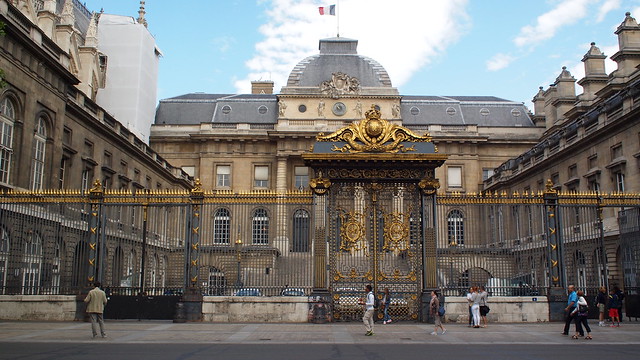
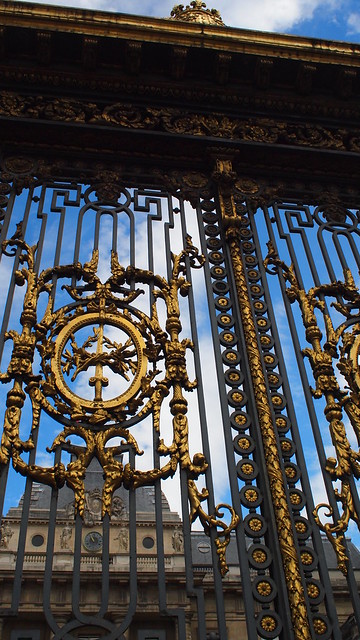
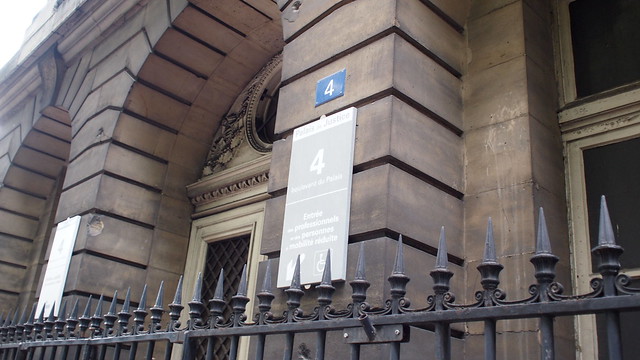
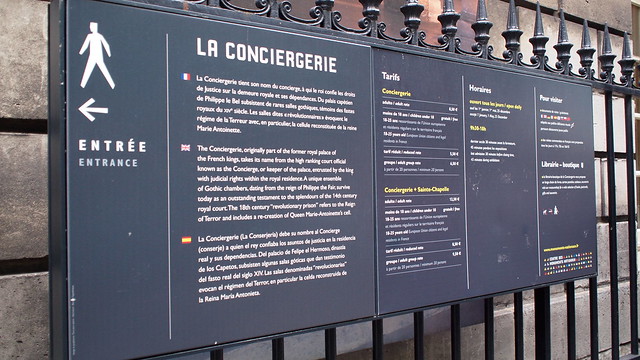
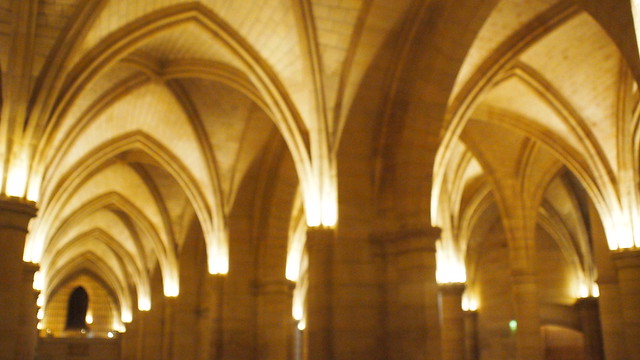
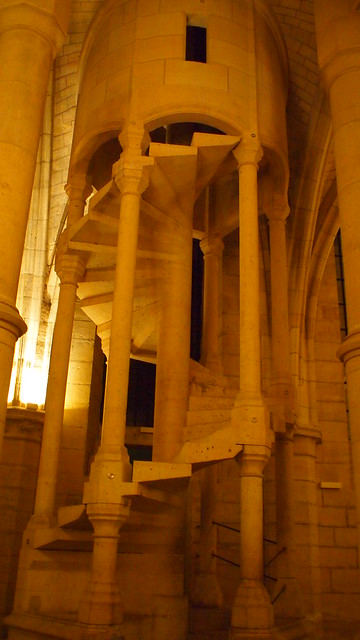

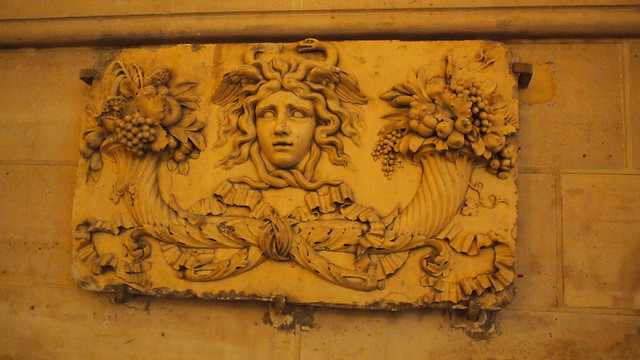
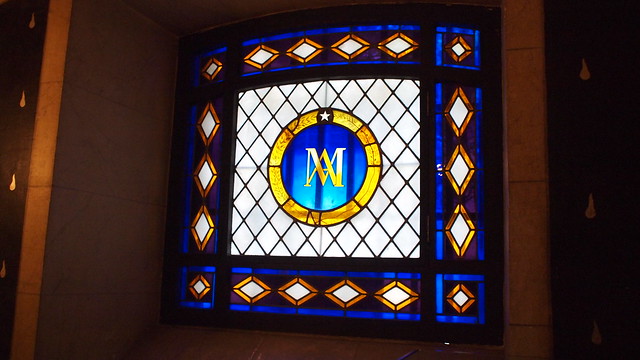
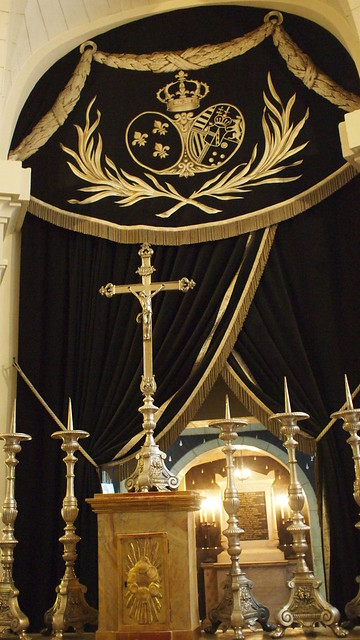
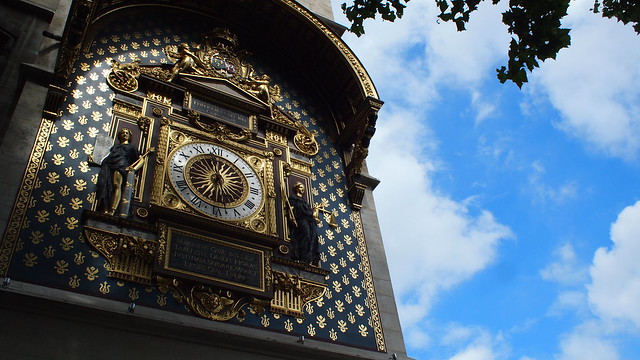
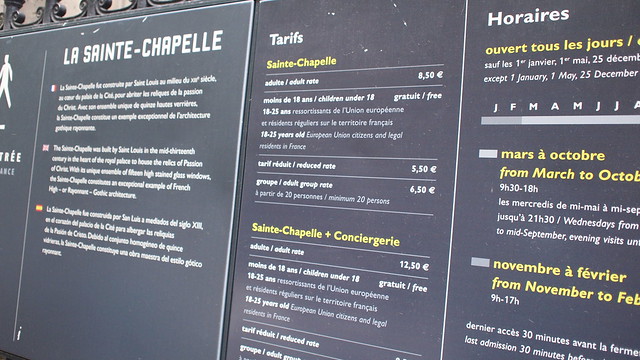
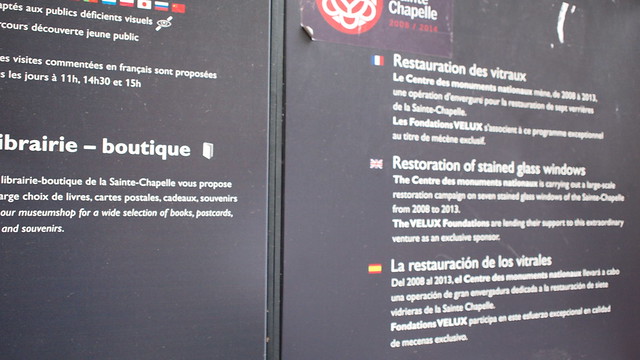

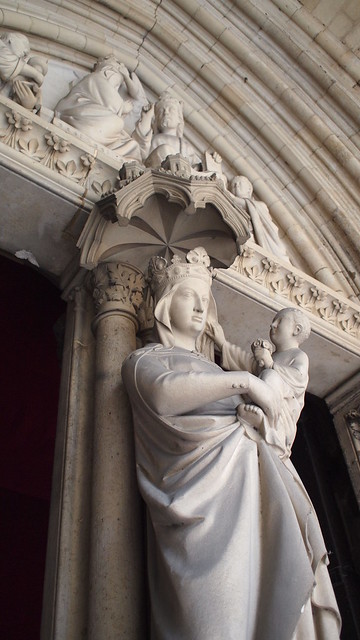
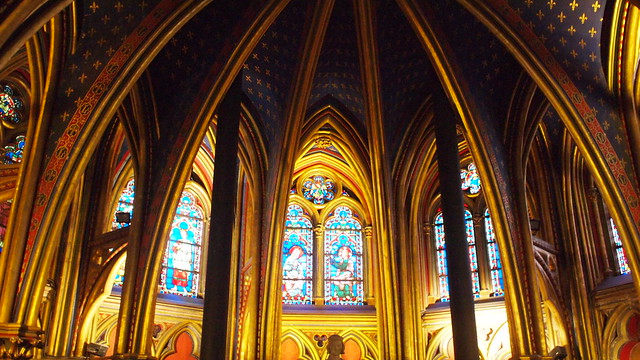
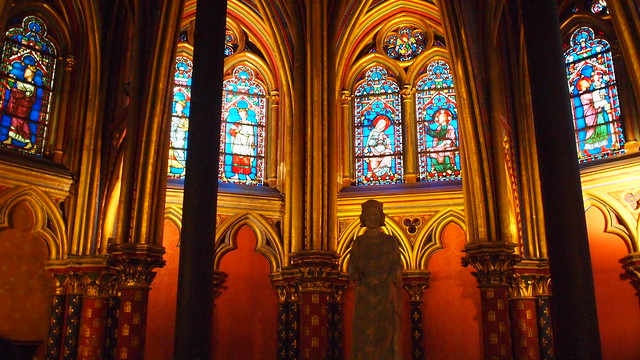
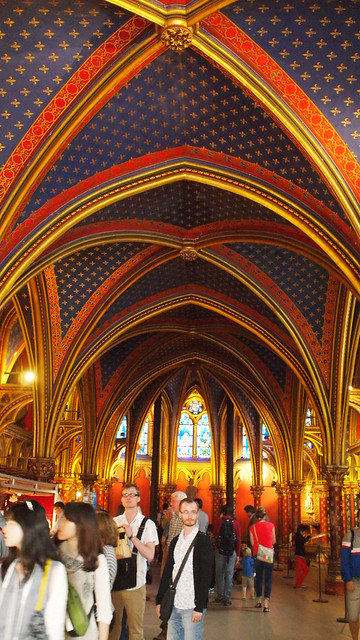
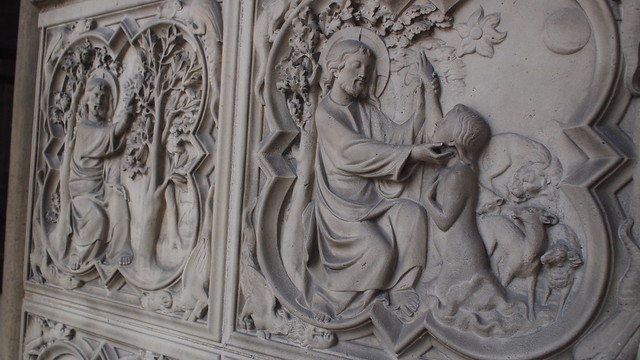
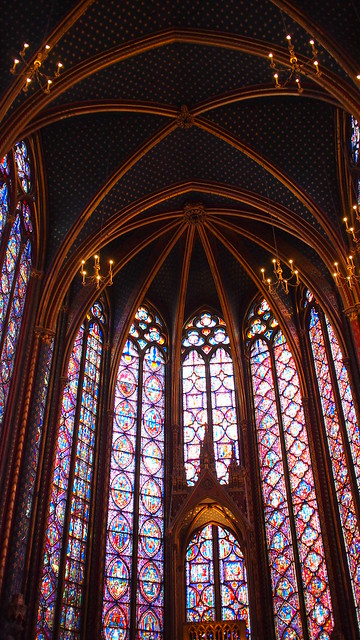

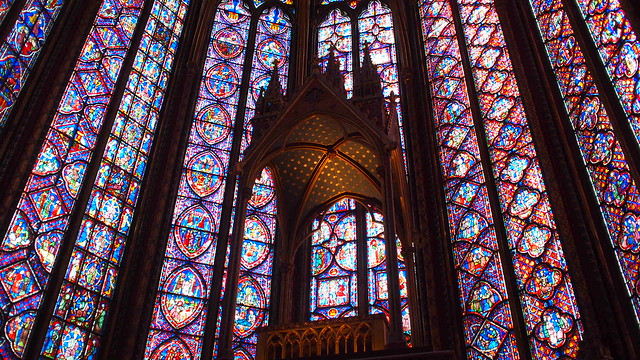
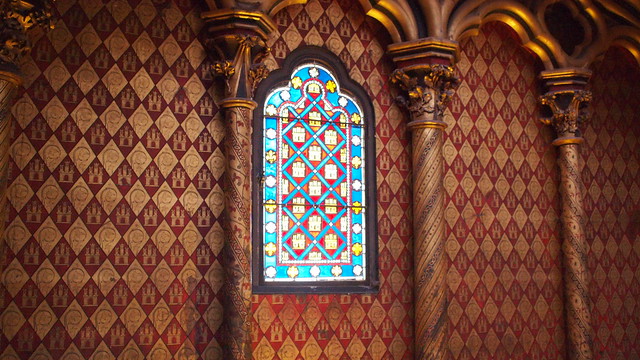
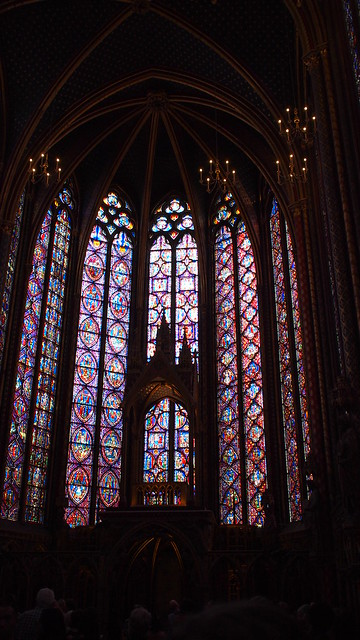
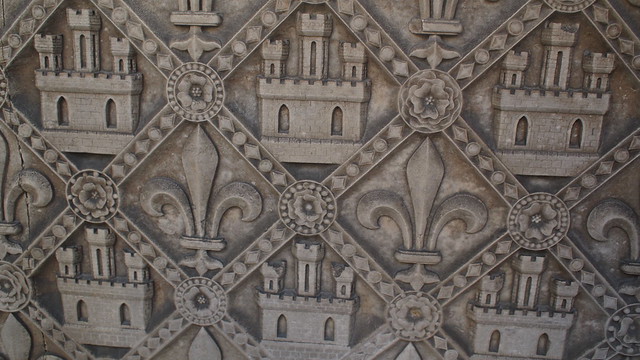

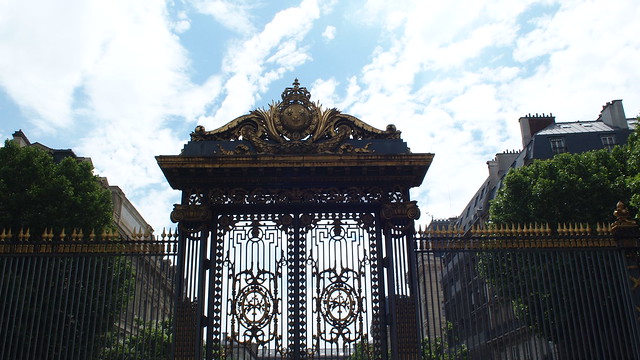
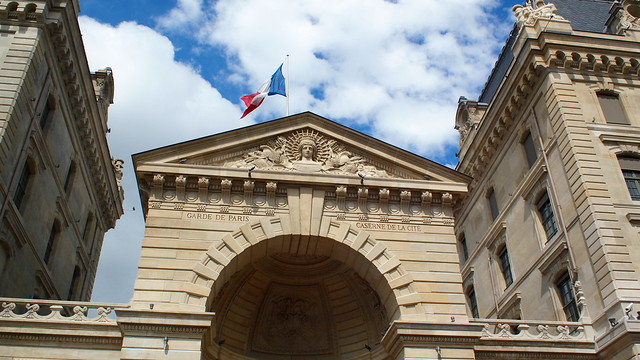

No comments:
Post a Comment